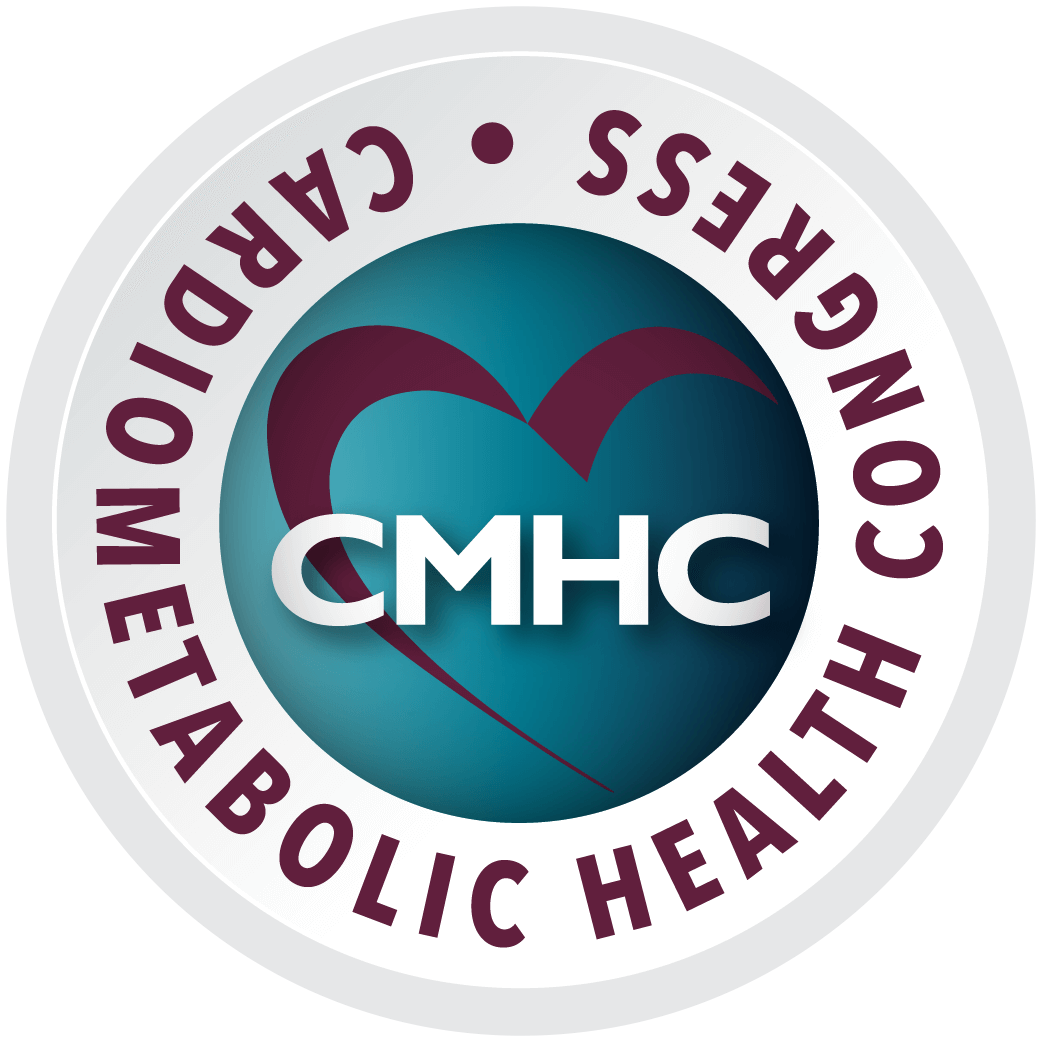Learn about the Obesity Action Coalition and its FREE Resources!
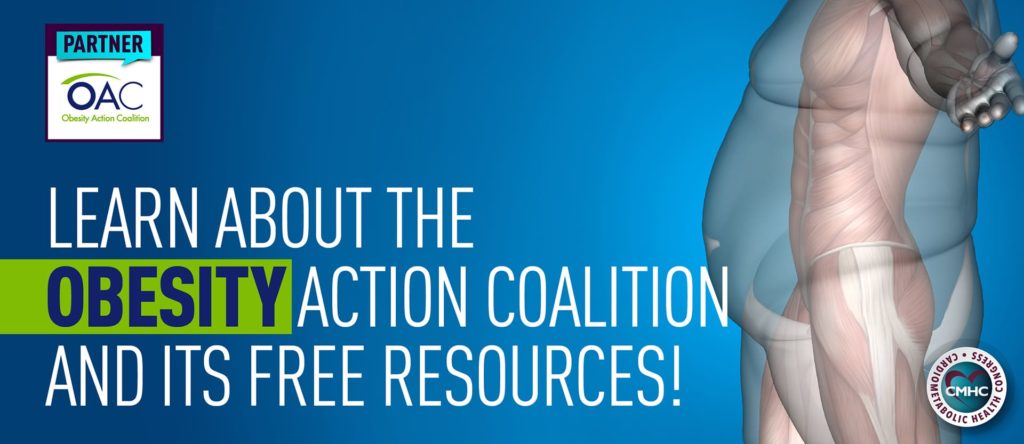
The Obesity Action Coalition (OAC) is a National non-profit organization dedicated to giving a voice to people affected by the disease of obesity and helping individuals along their journey toward better health. Our core focuses are awareness, education, advocacy and support. The OAC offers a wide range of tools and resources for anyone interested in […]
Diversions in Eating Schedules Tied to Increased BMI
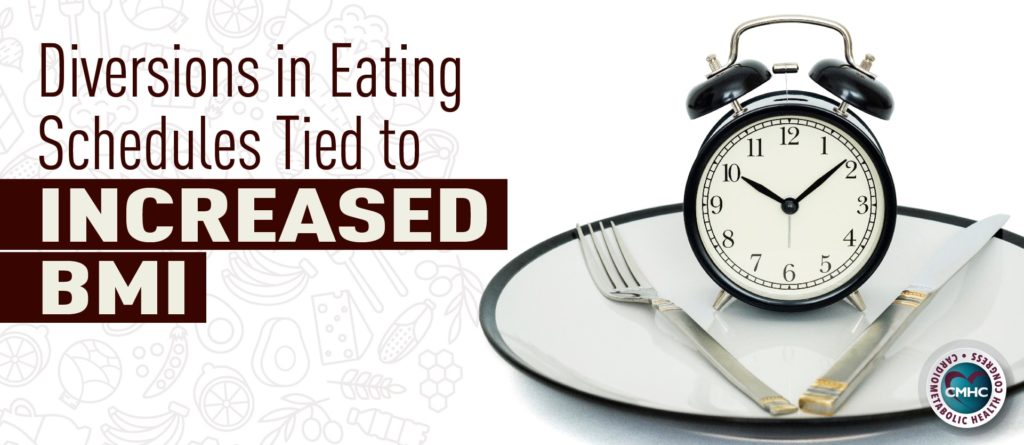
Nutritional patterns play a well-established role in cardiometabolic health; dietary choices have implications on a host of diseases, such as diabetes and cardiovascular disease, and can greatly affect patient health outcomes. In recent years, an important aspect of nutrition other than the type and quality of foods being consumed has been highlighted as more evidence […]
Tackling Obesity and Diabetes with Caffeine
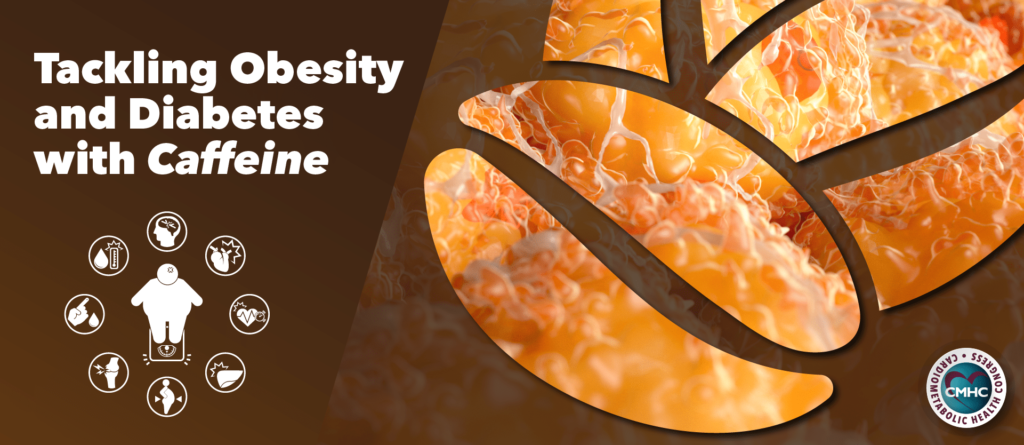
As a substantial public health crisis, obesity – and its host of comorbid cardiometabolic conditions – continues to demand improved prevention efforts and treatment methods to deter its rapidly increasing prevalence. While rates of obesity continue to rise and patients increasingly suffer from diabetes, cardiovascular disease, and other related health complications, ongoing growth within the […]
Gastric Bypass for Very Obese Teens

The prevalence of obesity in the American population shows few signs of regression, which increasingly draws concern for younger demographics. Obesity is the most common nutritional disorder affecting younger age groups with approximately 21-24% overweight and 16-18% obese children and adolescents. The complexity and multifactorial nature of the disorder make treatment strategies difficult; long-term complications associated […]
Health Paradox: Decrease in New Diabetes Cases as Obesity Rates Rise
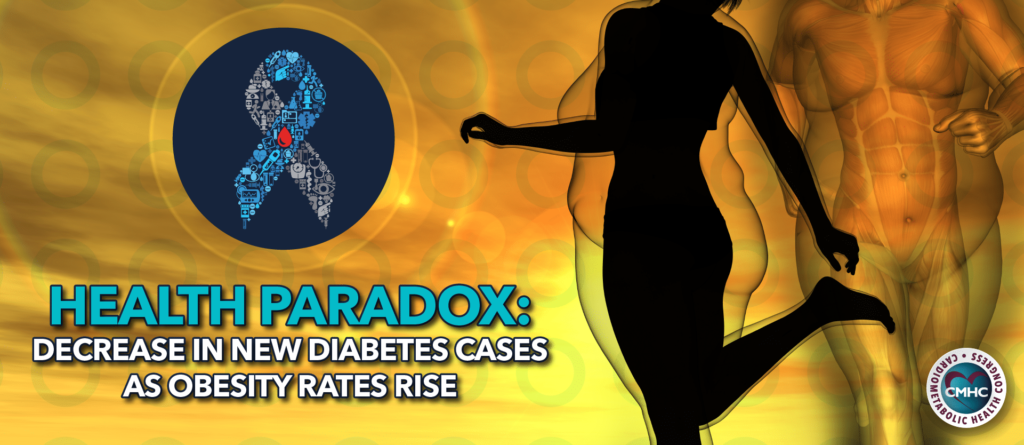
The connection between obesity and type 2 diabetes is well known, leading health professionals to believe a rise in incidence of the former would positively correlate with the number of diabetes diagnoses. However, despite climbing obesity rates, the number of new cases of diabetes in U.S. adults continues to decline – a paradox confusing health […]
The Obesity Paradox in Patients with Type 1 Diabetes
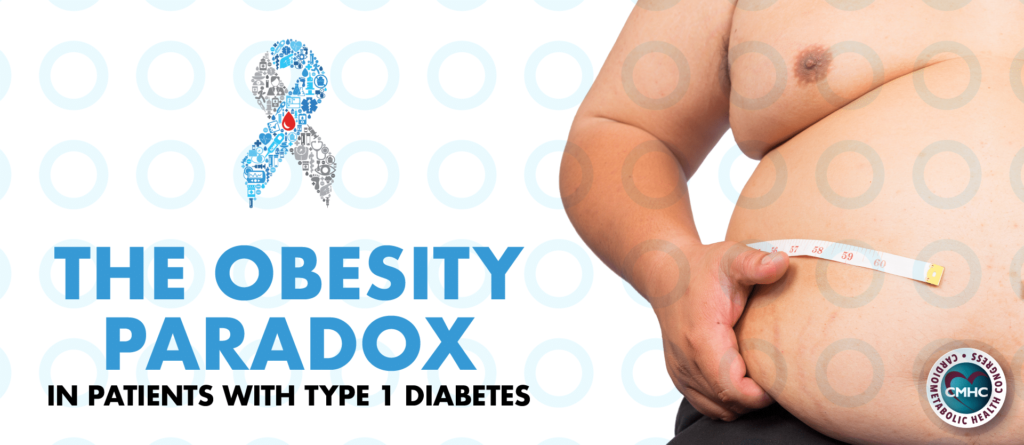
In the past decade, the “obesity paradox” theory – which suggests an inverse association between BMI and cardiovascular outcome risk – has been a highly contested subject within the medical community. Type 1 diabetes is a well-established risk factor for cardiovascular disease, heart failure, and mortality, but it may prove especially detrimental in overweight and obese […]
Obesity Yields Spike in Nonalcoholic Fatty Liver Disease
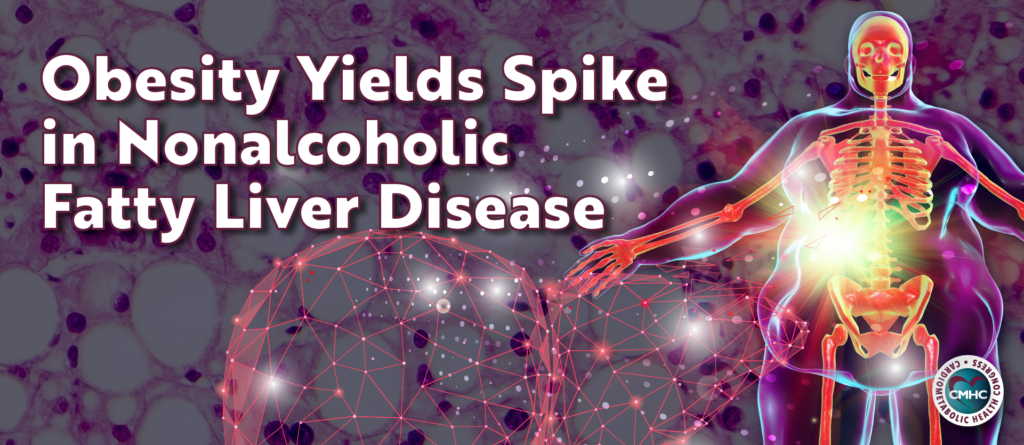
At the recent annual meeting of the American College of Physicians, it was declared that nonalcoholic fatty liver disease (NAFLD) is the 21st century epidemic in liver disease—given the extraordinary growth in the disease’s prevalence, due to the related epidemics of both obesity and type 2 diabetes mellitus. Statistics indicate that the global prevalence of […]
Childhood Obesity Epidemic Worsens

Childhood obesity in America is on the rise, and at rates higher than previous studies suggested, according to a study published Monday in the journal Pediatrics. The findings emerged after researchers analyzed federal data from the latest National Health and Nutrition Examination Survey, the “gold standard” in childhood and fitness research which every two years collects […]
Weight Loss Counseling? Not So Much.
Adults who are overweight or obese report receiving little weight loss counseling, especially involving medications and surgery; however, many report trying to lose weight within the last 12 months, according to a speaker at ObesityWeek. “We know that less than 50% of patients with obesity have reported receiving weight loss counseling within a provider visit and most […]
Adolescent & Childhood Obesity Reaches All-Time High
The number of obese children and adolescents rose to 124 million in 2016: more than 10 times higher than the 11 million classified as obese 40 years ago, in 1975. A further 213 million children and adolescents were overweight in 2016, finds a new study published Tuesday in the Lancet. Looking at the broader picture, […]




